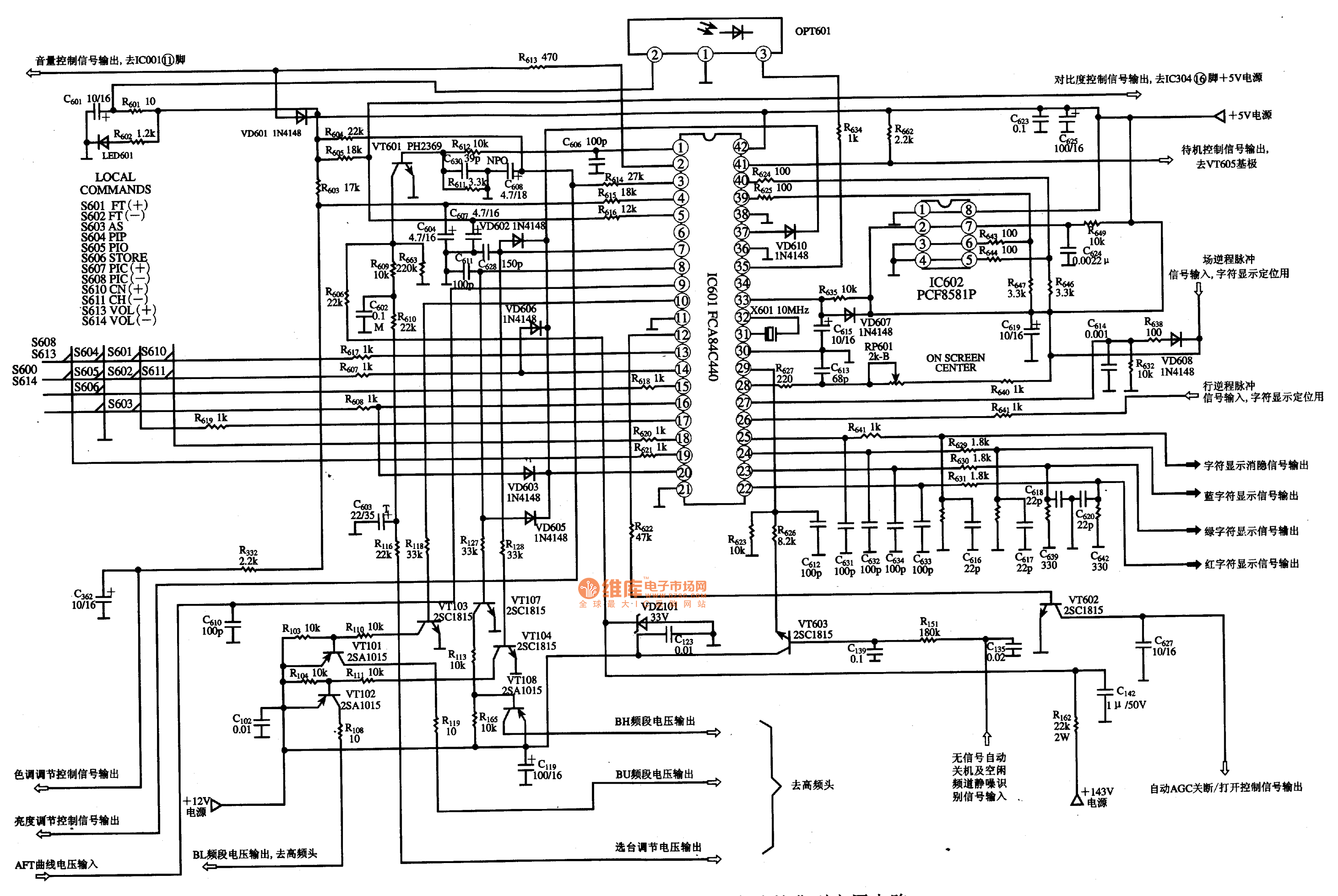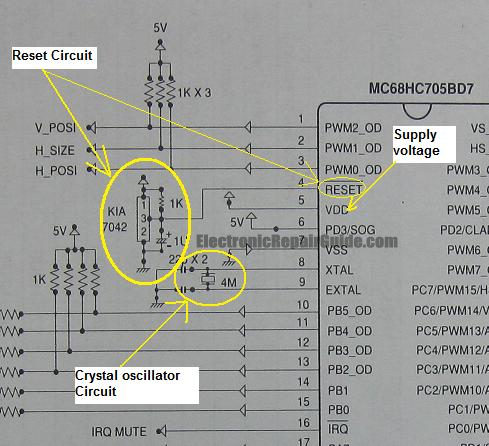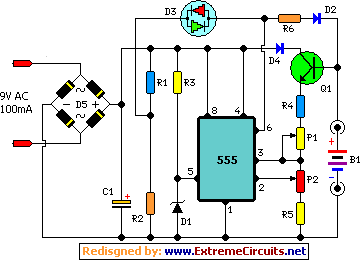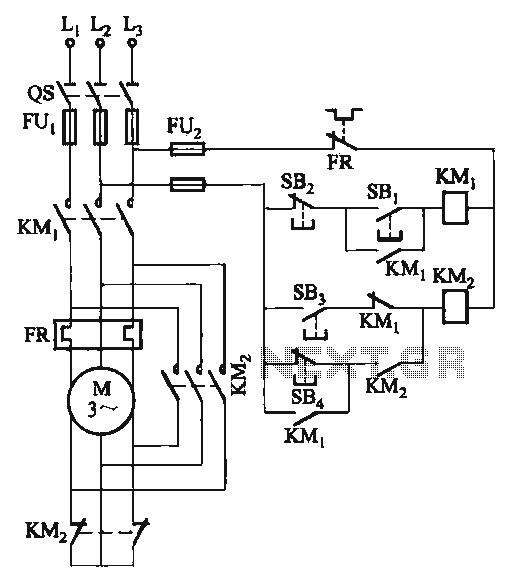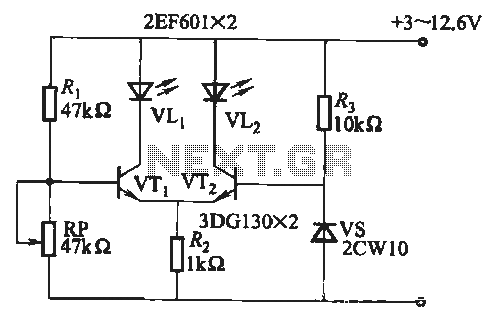
Voting Machine circuit
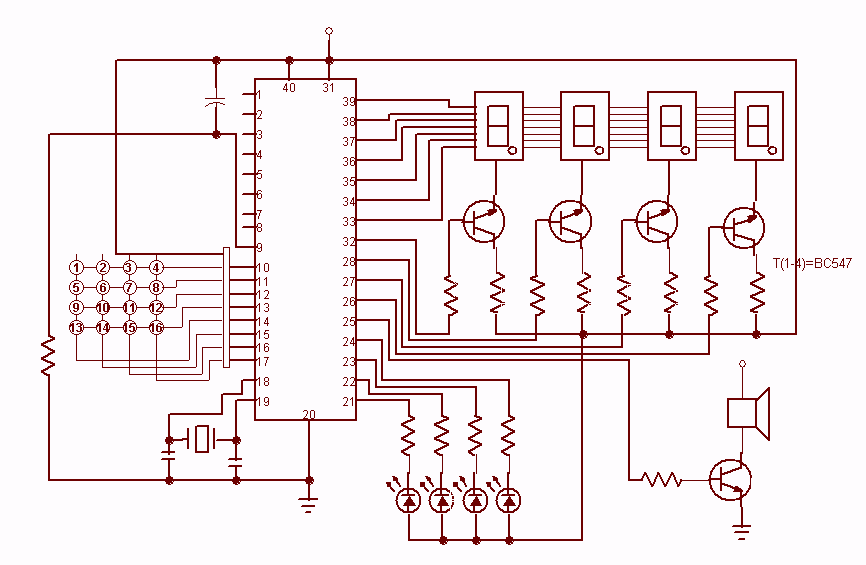
Nowadays electronic voting machines are being used effectively. The confidence of the voter in its flawless working is gradually building up and these machines are thus becoming quite popular throughout the country. Features of the electronic voting machine include avoidance of invalid votes and reduction of counting time and the consequent expenditure incurred on manpower deployment. By using the microcontroller, the voting machine can be built up easily and it will make simple to operate.
Electronic voting machines (EVMs) are critical components in modern electoral systems, designed to ensure accuracy, security, and efficiency in the voting process. The typical architecture of an EVM consists of several key elements: a microcontroller, input devices, output displays, and a power supply.
The microcontroller acts as the central processing unit, managing the entire voting process. It is programmed to handle inputs from the voting interface, process the votes, and store the results securely. Commonly used microcontrollers in EVMs include those from the PIC or Arduino families, which offer sufficient processing power and ease of programming.
Input devices typically consist of a keypad or touchscreen interface that allows voters to select their preferred candidates. These input devices are designed to be user-friendly, ensuring that voters can easily navigate through the options without confusion. Additionally, to prevent invalid votes, the system is programmed to validate inputs, ensuring that only legitimate selections are registered.
Output displays are crucial for providing feedback to the voter. This can include visual indicators such as LEDs or LCD screens that confirm the successful registration of a vote. In some designs, audio feedback may also be included to assist voters with disabilities.
The power supply is another essential component, ensuring that the EVM operates reliably throughout the voting period. Many EVMs utilize rechargeable batteries to maintain operation, supplemented by power management circuits that optimize energy consumption.
To enhance security, EVMs are often equipped with features such as encryption for storing votes, tamper-proof seals, and audit trails that allow for verification of the voting process. These measures help to build voter confidence in the integrity of the election results.
Overall, the integration of microcontrollers in electronic voting machines simplifies the design and operation while significantly improving the efficiency and reliability of the voting process.Now-a-days Electronic voting machines are being used effectively. The confidence of the voter in its flawless working is gradually building up and these machines are thus becoming quite popular throughout the country. Features of the electronic voting machine include avoidance of invalid votes and reduction of counting time and the consequent expenditure incurred on manpower deployment.
By using the Microcontroller the voting machine can be built up easily and it will make simple to operate. 🔗 External reference
Electronic voting machines (EVMs) are critical components in modern electoral systems, designed to ensure accuracy, security, and efficiency in the voting process. The typical architecture of an EVM consists of several key elements: a microcontroller, input devices, output displays, and a power supply.
The microcontroller acts as the central processing unit, managing the entire voting process. It is programmed to handle inputs from the voting interface, process the votes, and store the results securely. Commonly used microcontrollers in EVMs include those from the PIC or Arduino families, which offer sufficient processing power and ease of programming.
Input devices typically consist of a keypad or touchscreen interface that allows voters to select their preferred candidates. These input devices are designed to be user-friendly, ensuring that voters can easily navigate through the options without confusion. Additionally, to prevent invalid votes, the system is programmed to validate inputs, ensuring that only legitimate selections are registered.
Output displays are crucial for providing feedback to the voter. This can include visual indicators such as LEDs or LCD screens that confirm the successful registration of a vote. In some designs, audio feedback may also be included to assist voters with disabilities.
The power supply is another essential component, ensuring that the EVM operates reliably throughout the voting period. Many EVMs utilize rechargeable batteries to maintain operation, supplemented by power management circuits that optimize energy consumption.
To enhance security, EVMs are often equipped with features such as encryption for storing votes, tamper-proof seals, and audit trails that allow for verification of the voting process. These measures help to build voter confidence in the integrity of the election results.
Overall, the integration of microcontrollers in electronic voting machines simplifies the design and operation while significantly improving the efficiency and reliability of the voting process.Now-a-days Electronic voting machines are being used effectively. The confidence of the voter in its flawless working is gradually building up and these machines are thus becoming quite popular throughout the country. Features of the electronic voting machine include avoidance of invalid votes and reduction of counting time and the consequent expenditure incurred on manpower deployment.
By using the Microcontroller the voting machine can be built up easily and it will make simple to operate. 🔗 External reference

